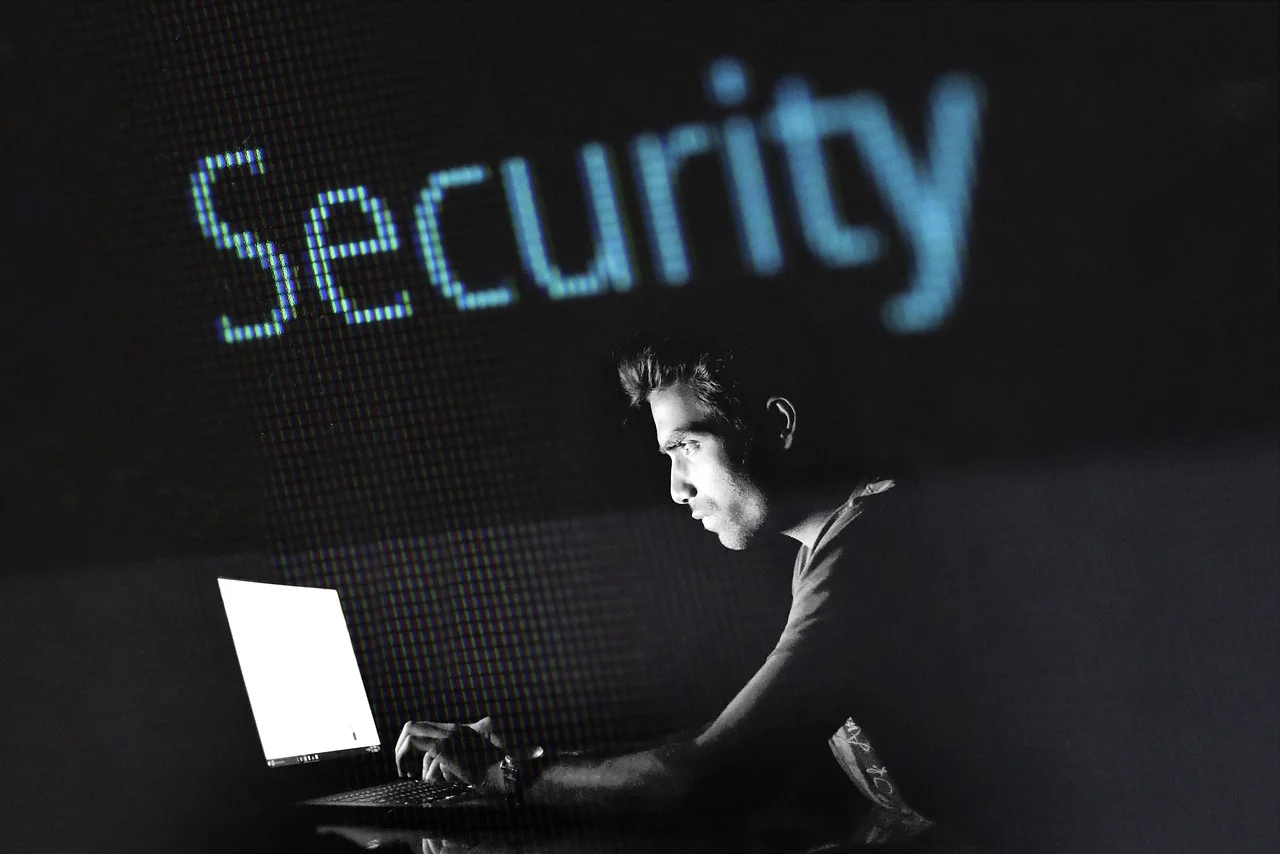
Defending Your Cyber Fortress: Unveiling the Tyson Principle for Unbeatable Cybersecurity & Fighting Off Hackers
Key Takeaways:
In today’s digital age, cyber threats have become an ever-increasing concern for businesses and individuals alike. With the growing sophistication of hackers and their techniques, it’s crucial to implement robust cybersecurity measures to defend your digital fortress from potential attacks. In this article, we will unveil the Tyson Principle, which offers a proven strategy for unbeatable cybersecurity and effectively fighting off hackers.
Understanding the Threats
Before diving into the Tyson Principle, it’s essential to understand the various threats that could potentially compromise your cybersecurity. Here are some common cyber threats you should be aware of:
- Malware attacks, such as viruses, worms, and trojan horses, which can infect your systems and steal sensitive data.
- Phishing scams that attempt to trick individuals into revealing personal information, such as passwords and credit card details.
- Denial-of-Service (DoS) and Distributed Denial-of-Service (DDoS) attacks, which disrupt your systems’ availability by overwhelming them with traffic.
- Ransomware attacks, in which hackers encrypt your data and demand a ransom to restore access.
- Social engineering attacks that manipulate individuals into circumventing security protocols or providing unauthorized access.
The Tyson Principle: A Proven Cybersecurity Strategy
The Tyson Principle, inspired by the legendary boxer Mike Tyson, aims to provide a dynamic and resilient cybersecurity approach. It incorporates agility, adaptability, and a proactive mindset to effectively thwart cybercriminals. Let’s break down each component of the Tyson Principle:
1. Agility:
“Everyone has a plan until they get punched in the mouth.” – Mike Tyson
Agility, in the context of cybersecurity, refers to the ability to swiftly respond and adapt to emerging threats. By staying informed about the latest hacking techniques and vulnerabilities, you can proactively implement necessary measures to mitigate these risks. This includes installing timely updates and patches, using firewalls and antivirus software, and adopting advanced intrusion detection systems.
2. Adaptability:
“I’m the type of person that likes to adapt to nature, adapt to my surroundings.” – Mike Tyson
Cybersecurity threats are constantly evolving, making it essential to have an adaptable defense mechanism. Implementing a multi-layered security architecture ensures that even if one layer is breached, there are additional barriers in place to prevent further damage. This includes features such as strong passwords, two-factor authentication, and network segmentation to isolate critical systems.
3. Proactive Mindset:
“The first time I tried to kill myself…I ran out of pills.” – Mike Tyson
In the fight against hackers, a proactive mindset is key to staying one step ahead. This involves constant monitoring and analysis of network traffic, identifying unusual behavior patterns, and promptly investigating any suspicious activity. Regular security audits and penetration testing help identify vulnerabilities and enable you to remediate them before they can be exploited.
Educating Employees for Enhanced Security
A significant vulnerability in any cybersecurity defense strategy is the human element. No matter how robust your technical measures may be, a single employee inadvertently falling for a phishing email or clicking on a malicious link can undermine everything. It is crucial to educate employees at all levels about potential cyber threats and the appropriate security measures.
Here are some key steps to educate your employees:
1. Training Programs:
Conduct regular cybersecurity training sessions to educate employees about best practices for online security. This may include recognizing phishing emails, creating strong passwords, and sharing confidential information securely. Reinforce the importance of remaining vigilant and reporting any suspicious activity promptly.
2. Role-Specific Guidance:
Provide role-specific guidance to employees based on their responsibilities. For example, finance personnel should be particularly aware of the risks associated with financial transactions, while IT staff might focus on identifying potential network vulnerabilities.
3. Awareness Campaigns:
Launch awareness campaigns to keep cybersecurity top of mind for employees. Use easily understandable language without using technical jargon, ensuring that even high school students could grasp the principles. Make it a collective effort to foster a culture of cybersecurity within your organization.
4. Testing and Certifications:
Regularly administer assessments or simulated attacks to assess the effectiveness of your training programs. Encourage employees to improve their knowledge and skills through targeted certifications in cybersecurity awareness.
By investing in employee education and raising security awareness levels, you can significantly reduce the risks posed by human-induced vulnerabilities.
Frequently Asked Questions
Q: How can I prevent malware attacks?
A: To prevent malware attacks, make sure you regularly update your operating systems and software to patch any known vulnerabilities. Additionally, install and maintain reputable antivirus software, avoid downloading files from untrusted sources, and be cautious with email attachments.
Q: What should I do if my organization falls victim to a ransomware attack?
A: If your organization falls victim to a ransomware attack, it’s important not to panic. Immediately disconnect the affected systems from the network to contain the spread of the ransomware. Notify your IT department or cybersecurity team and, if necessary, engage law enforcement. It’s best not to pay the ransom, as it does not guarantee the retrieval of your data.
Conclusion
As cyber threats continue to increase, defending your cyber fortress is of paramount importance. By implementing the Tyson Principle and adopting an agile, adaptable, and proactive cybersecurity strategy, you can effectively ward off hackers and safeguard your digital assets. Education and awareness among employees are equally critical to reduce vulnerabilities originating from within the organization. Remain vigilant, stay informed about emerging threats, and regularly update your defense mechanisms to ensure unbeatable cybersecurity.
Source: insidertechno.com